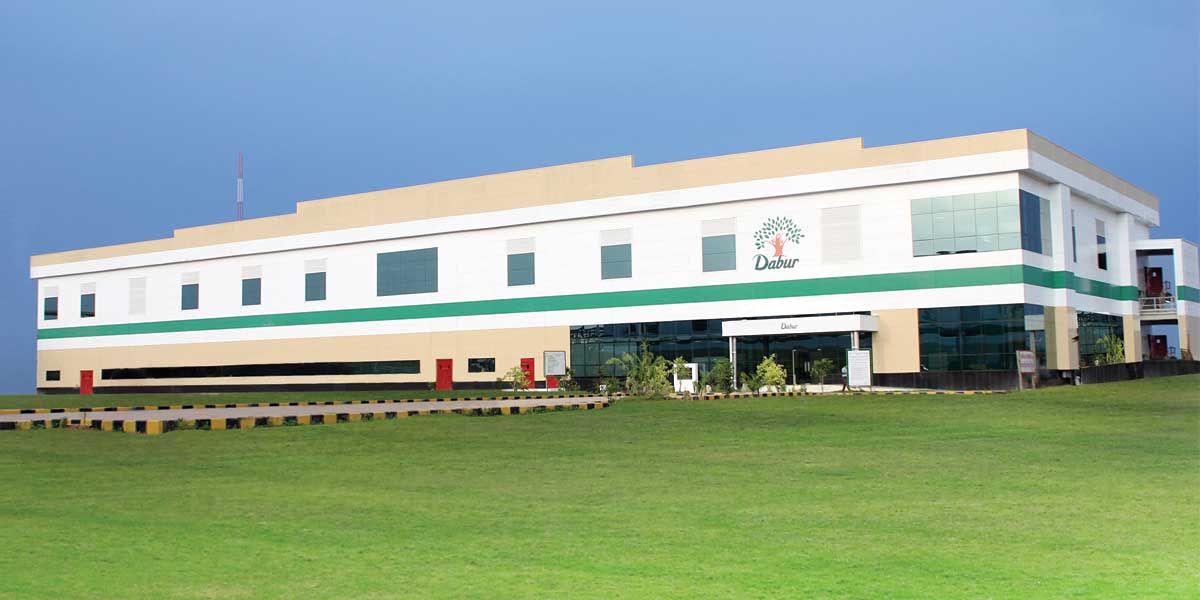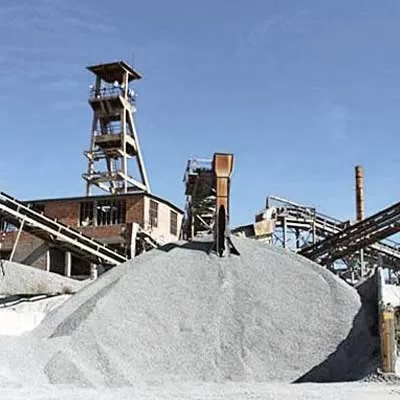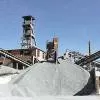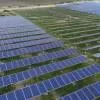Pre-engineered steel building construction technology has been transformative, ensuring efficiency, quality, on-time project delivery and sustainability, says D RAJU.
The Indian construction industry, which consists of infrastructure, housing and real estate and industrial segments, has grown by leaps and bounds for the past two decades and accounts for over 9 per cent of India’s GDP. Quality of construction has also improved significantly over the last decade owing to increased exposure to global construction technologies and best practices. Project durations have become shorter with a special focus on safety standards. There is a shift from in-situ construction to factory–controlled, pre-engineered, high-quality construction. This has also changed the requirement of engineering, material and skills required for the construction industry.
Kirby India recognised this trend early and introduced the concept of pre-engineered steel building (PEB) construction technology in India in 1999. In PEB, customer requirements are custom-engineered and high-quality material is delivered to site in ready-to-erect condition where semi-skilled people assemble these components using cranes and other equipment for faster construction.
A growing market
The PEB concept gained impetus in the Indian markets in early 2000 and the usage of steel, especially PEB, has grown very rapidly in the Indian construction industry. In 2000, when Kirby started its operations in India, the PEB concept was not well known in the country. This concept also gained acceptance because of its promotion by Kirby on a large scale and owing to the opening up of the economy and a number of multinationals establishing their facilities giving preference to metal buildings over conventional methods. Changes in government regulations, industry-friendly policies and the promotion of India as a preferred FDI destination also resulted in heavy FDI inflows, thereby giving a further boost to PEB technology.
Over the past two decades, many players have entered the PEB market. With more players in the scene, we have more PEB buildings around us, increasing the visibility and demand for these buildings in the market. In the current scenario, anyone planning to put up a factory or a warehouse immediately thinks of a PEB. The Indian PEB industry has grown by leaps and bounds but it is yet to achieve its true potential in some industry segments where acceptability is yet to be tapped. This is still far away but completely achievable as the industry, comprising many companies, is maturing to take it to the next level of growth trajectory. The industry has evolved from designing, manufacturing and constructing simple box-like buildings to complex industrial buildings and high-rise structures, each of which is unique and innovative in nature.
The importance of steel
At Kirby, we definitely view this as a positive move as steel is one of the best materials for construction and is definitely going to see an increase in acceptability as one of the key building materials as it has many distinct properties and an edge compared to other building materials.
Steel is versatile in nature, tensile, highly durable, recyclable, has scrap value and can withstand external pressures such as earthquakes when used in the form of a building. It has a high strength-to-weight ratio, which means it has high strength per unit mass. So no matter how large the overall structure is, the steel sections are stronger than other building materials with a good load-carrying capacity. Steel can be easily fabricated as it is flexible; it can be moulded into any shape without changing its properties and converted into sheets or other products as per the design. Steel sections can be produced offsite at shop floors and assembled onsite using nut and bolt connections. This saves time and increases the efficiency of the overall construction process resulting in faster project completion.
With increasing urbanisation and rapid increase in construction activity across the country, there is enough space for steel to create its own identity as the most important building material and coexist and work towards developing sustainable construction. Also, with companies looking for faster project completion, which in turn will give faster return on investment, PEB is the only one-stop solution to fulfil their requirements. All these buildings are unique in nature with different steel sections and customised as per the requirement of the customer.
Going green
India is a growing economy and it is rapidly increasing younger population is driving the domestic consumption story, leading to the evolution of ways of sustainable growth, including construction. PEBs are sustainable and eco-friendly buildings and this has also caught the fancy of many real-estate developers, builders and architects, as they are part of the green building movement, which is rapidly growing in India. The Government of India is also promoting newer and faster construction technologies such as PEB, which is futuristic and sustainable in nature. Thus, a huge opportunity awaits this industry, especially in segments such as high-rises besides regular industrial infrastructure for the manufacturing sector consisting of all industry segments. This growth story is poised to continue in coming years.
Kirby India is at the forefront of this innovation and is leading the revolution of green construction in the country through its PEB technology, thereby contributing to the green building movement as steel is a green material. Steel as a material used in any type of steel building construction is more than 80 per cent recyclable. These buildings are cost-effective and energy efficient and provide a better quality environment as they are cooler in hot conditions owing to the favourable roofing material, suitable insulation and natural ventilation. The use of skylights and solar panels mounted on rooftops of industrial buildings also meet daylight and captive power requirements, which reduces the dependence on power supply from other sources while reducing emissions and gaining carbon credits under the clean development mechanism. Effective usage of insulation material, louvers and other materials also helps in temperature control and rainwater harvesting. This will lead to a viable construction methodology as it has all the green benefits, dry construction and saving of natural resources, using environment-friendly materials.
Poised for a PEB wave
The industry is advancing from simple structures such as warehouses and low-rise buildings to highly complex industrial buildings and power plants, steel plants, ports, oil and gas utilities and high-rise structures that require very specialised skill sets for design, detailing, fabrication and installation. With adequate attention from the Government, this industry can dramatically reduce construction time for industrial and infrastructure sectors. It’s not surprising then, that Indian industrial construction is eminently poised for a big PEB wave given India’s renewed focus on infrastructure and the new industrial thrust. These reforms and many other such initiatives in the coming future as promised by the Government are expected to make the Indian construction and infrastructure segment much stronger and increase its percentage share in the overall GDP contribution. In turn, this will give the PEB industry a positive growth momentum over the next decade or so.
A pioneer in PEB
Indeed, the industry has ventured into unknown territories that were hitherto unimagined, thereby creating newer application areas for these structures that are highly customised and unique in nature. Kirby is leading the path through its new and innovative designs, systems and processes and construction techniques, making the industry well equipped to overcome all limitations and capable of handling any complex project across different industry segments. With its rich experience and continuous learning at each and every stage of project execution of diverse buildings for different industry segments across India over the past two decades, Kirby has continued to evolve with new construction methodologies, completing buildings faster and safer, and meeting the customer’s project timelines.
Over these years, Kirby India has evolved from a mere manufacturer of PEB/steel structures to a total solution provider capable of supplying a packaged solution for all building requirements, maintaining international quality and safety standards and fulfilling the entire customer demand. Like a true leader, it has constantly tried to set new standards in the PEB industry. Its buildings have stood the test of time, time and again, against all odds—manmade and natural.About the author: D Raju is CEO & Managing Director, Kirby Building Systems & Structures India Pvt Ltd. He also chairs the board of Kirby International, which includes the Middle East, Africa, Southeast Asia and CIS countries. He has wide-ranging experience of over four decades in positions of growing responsibilities with multinational and national organisations like Alghanim Industries and Pennar Group. As part of Kirby Building Systems, he has been instrumental in bringing PEB technology to India. Under his leadership, Kirby in India has been successfully helping to build the country's phenomenal industrial and urban infrastructure growth over the past two decades.


















